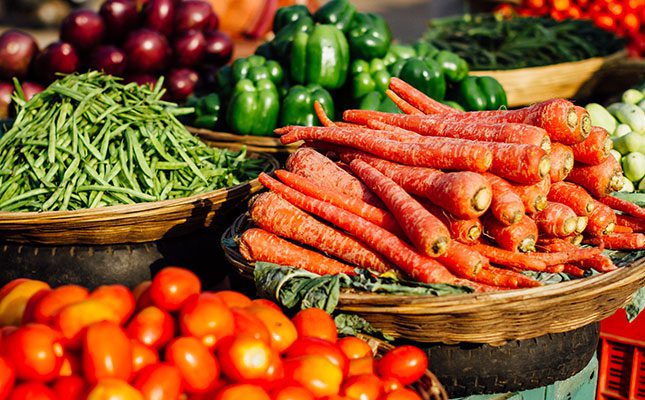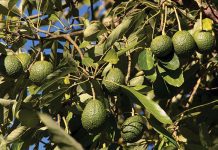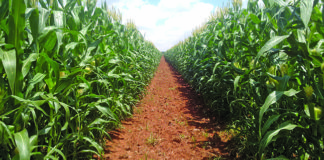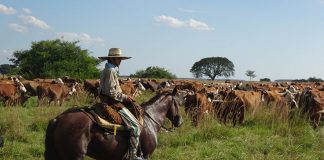
Varun Raheja, founder of Raheja Solar Food Processing, told BBC News: “Farmers throw away large amounts of fruit and vegetables because of a lack of infrastructure, limited processing capacity, natural disasters like cyclones, and floods that disrupt transportation routes and damage facilities.”
The director of the WOTR Centre for Resilience Studies in India, Marcella D’Souza, who spent decades working with farmers in rural regions of India, said in the BBC report that technology could bring in a lot of efficiency and effectiveness in planning, use of resources, decision-making, and coordination for several processes related to farming.
However, she stressed that technology alone would not be enough to help Indian farmers prevent these losses. “A holistic approach that looks at restoring natural ecosystems along with traditional knowledge, handholding support, credit and other factors are equally important for successful farming,” D’Souza said.
Raheja pointed out, however, that most farms in India were small and landowners did not have the resources to invest in storage or refrigeration. To address this challenge, he developed a simple air-drying system using sunlight along with solar-powered fans to dry produce.
“The DIY model of our solar dryer makes it portable and affordable; it can reach even the remotest village and can be afforded by every small and marginal farmer,” he said.
According to Raheja, his company had sold about 3 000 of these systems, which were capable of dry about 150kg of fresh produce per month.
Another Indian agri-tech company, WayCool Foods, which owns 412 distribution centres across the country, was working with a group of about 200 000 farmers and, according to the report, had invested in “sophisticated systems that forecast demand for agricultural products”.
It was estimated that the company handled approximately 2 000t of fresh fruit, vegetables, nuts, spices and dairy products every day.
Karthik Jayaraman, managing director of WayCool Foods, said: “We employ technology to predict retailer orders, optimise collection centres, and set target prices, making supply chains efficient and bringing their losses to under 2%.”
However, the BBC report stressed that despite these innovations, a lot of work still needed to be done to reach India’s more remote farmers.
Another option being investigating was the freezing of produce. Sagar Lokhande, a farmer on 15 acres (6,07ha) near the village of Bhendwad in Maharashtra state, was cultivating sugar cane due to its longer shelf life, and also produced tomatoes, green beans and other vegetables as cash crops.
Lokhande explained that despite harvesting a good crop of tomatoes and beans in May this year, by the time his produce arrived at the market, prices had fallen due to an oversupply of these products as large volumes had arrived from across Maharashtra.
Because he did not have any storage facilities or temperature-controlled trucks, he was forced to sell his produce at a loss.
“I want to start selling frozen vegetables, which have a longer shelf life. Beans, especially, fetch a good price, so I will be able to repay all my loans and at the same time make more money,” he said.













